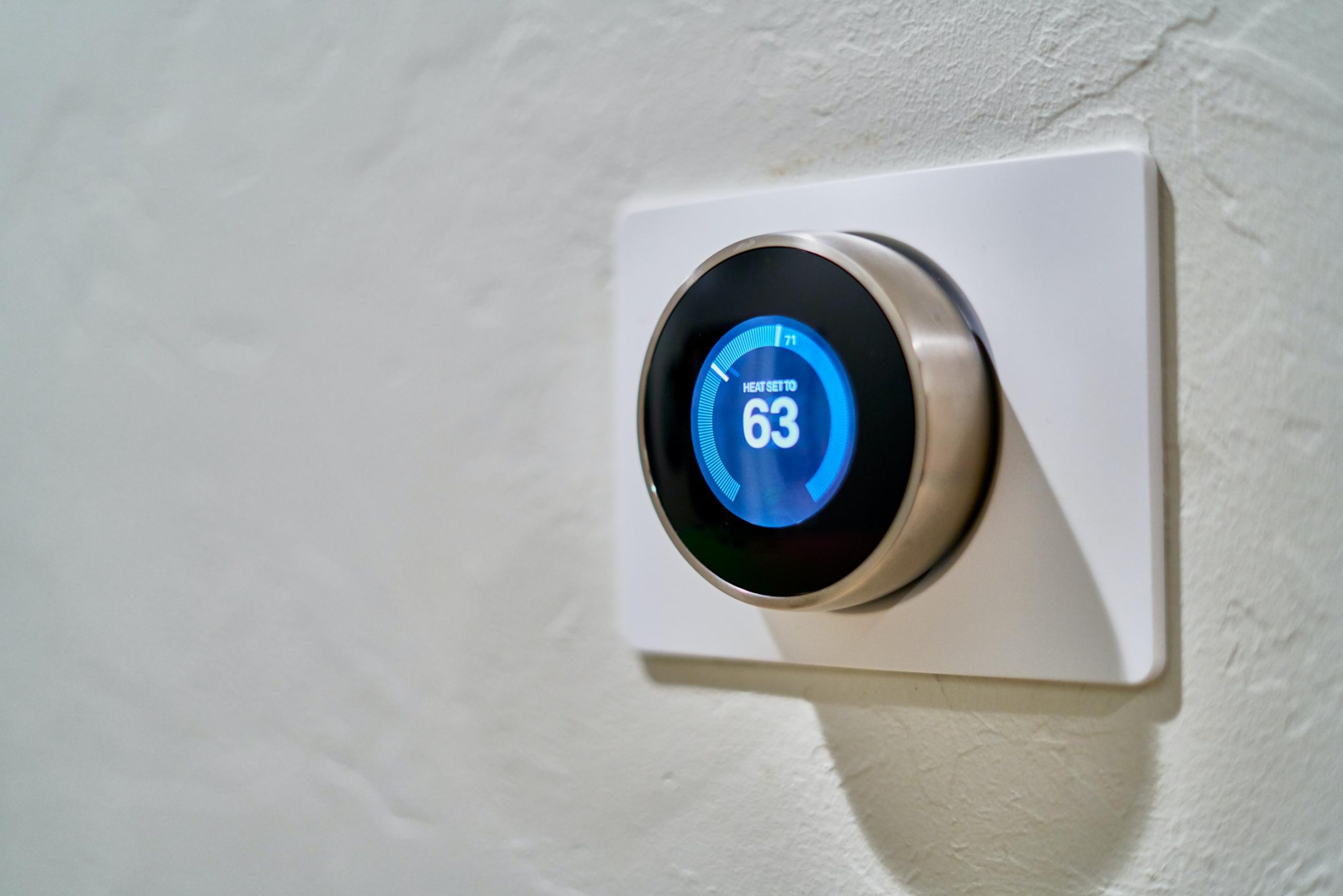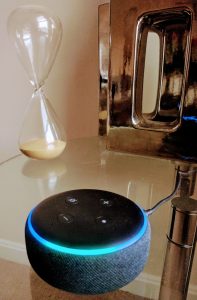Automate your home without breaking the bank. I will cover some of the smart home devices I have used, the pros and cons, as well as some smart devices I plan to integrate into my own home.
The following make up the basics of my smart home system:
- Echo Dot (3rd Gen) – Smart speaker with Alexa
- Konxie LED Wi-Fi Smart Lights Bulb
- A dedicated smartphone for smart home device configuration.
Smart Home Basics Using Voice Control and Bulbs.
Integrating smart bulbs and voice control technology is the easiest way to get started with your home automation for two reasons. The first reason is related to the cost of functionality. A couple of periodically used bulbs can set you up to truly test the smart home concept.
For example, a bulb is placed in your home entrance, the garage, and the living room, and an echo dot is located in the living room. You can set up an Alexa routine that turns your lighting on in the evening without fail. After your daily entrance, once you have arrived in the living room you can command the garage lights off and dim or brighten all other lights via voice control. You can set up routines to turn off the garage light, dim the entrance and brighten the living room all with one statement “Alexa, I am home”. I would even throw in a response greeting, how about “Welcome to the Starship Enterprise”?
Smart home expansion is the second reason for starting with these two components. You can add in smart plugs for appliances and add devices like the Nest Thermostat, easily controlled through Alexa. You can add a security camera system to the list, they even have Smart Wi-Fi Wireless Essential Oil Aromatherapy Ultrasonic Diffusers. The Echo Dot along with the Alexa app starts working like your home’s smart devices central control application, open to a spectrum of smart home devices.
Setup & Installations:
Echo Dot
The echo dot Alexa app walks you right through the process of connecting the device to your network. After connecting the Echo Dot to power, the Alexa App is used to connect your device to the Echo Dot’s Wi-Fi connection. Then using your provided home network information the app connects the Echo Dot to your network. Once the Echo Dot is connected to your home network, the Alexa app takes care of the rest.
LED Wi-Fi Smart Bulbs
I bought these off-brand bulbs (many on Amazon today) to test out the concept of using these automated capabilities at home. The smart bulb’s lumens were on the low side, 300 lumens, but good enough for my test. This was going in a lower lit room, so I wasn’t as concerned with the lower lumens. The bulb included the control app “Magic Home”, Alexa compatibility, and millions of colors. Exactly what I was looking for.
These bulbs do not need a central hub and are compatible with Alexa, Google Assistance, and IFTTT. The bulbs connect much like the Echo Dot’s setup process. The bulb provides an app to download, the “Magic Home” app. This app configures and connects the bulb to your network. The bulb broadcasts its wireless connection, you connect, provide it with credentials to your home’s wireless network, and boom, you now have control of your device.
How do you sync your smart devices with Alexa?
This process is pretty consistent across the board with most smart home devices. The smart bulb devices are synced to Alexa through the manufacturer provided Magic Home Alexa skill. To be clear the smart bulb’s manufacturer provided a Magic Home Alexa skill as well as a smartphone app. An account is created by the user when initially configuring the bulb using the smartphone app. That account is then used via the Magic Home skill on the Alexa platform to synchronize the bulb to Alexa’s voice control. Once you provide your bulb’s “Magic Home” App credentials to the Alexa Magic Home skill, Alexa handles the voice control configurations from there.
The Alexa Magic Home skill has default commands, set “living room light off/on”, set “living room light color to red/blue/green”, etc. The name living room light came from the configuration on the smartphone Magic Home app. The app initially used to connect the bulb to the wireless network.
Major Features
- Easy home integration.
- No device specific hub needed.
- The Alexa and voice control provides a handful of options and s open to many devices and bands.
Other Bulbs and Smart Speaker Alternatives:
Philips Hue A19 LED A19
The Philips Hue A19 LED A19 at 800 lumen is a great step up from the more generic smart bulbs. They include millions of colors and multiple ways to control them from a hub to voice control to your basic smartphone app.
Google Home Mini
Google Home Mini is another great compatible alternative to the Echo Dot. Things to consider are the Android ecosystem integration, smart home device compatibility, and Alexa versus Google Home speech comprehension performance. In the end, you will need to compare these points and test out the options.
Easy Add-ons
Once you have your Echo Dot setup and working nicely with your first device i.e. smart bulb, you can expand your smart home easily.
Google Nest Thermostat
The Alexa compatible Google Nest thermostat is a great home automation add-on. The smart thermostat automates home temperature control, saving users’ money at the same time. The Alexa app and voice control are also options for thermostat control.
Amazon Smart Plug (Best Seller)
Amazon’s best-selling smart plug lets you control outlets via your network using an application or voice control. Another way to control power in your home and once again it can be voice controlled and periodically set on a timer via the Alexa app.
Wemo Insight Smart Plug
Wemo Insight PC Edition’s choice is another awesome smart plug and even provides users with insight to power usage.
iRobot Roomba 675
The robot vacuum can play right into your smart home setup as well. The Alexa app can even schedule periodic cleaning while you are away or busy doing something better. Another time saver.
You can see the smart home system fragmentation has allowed for diverse scalability. You can start small with voice control and one device, lighting being an easy one. From there you can expand your smart home into a full-fledged autonomous home. Adding value to your home and your day-to-day operations. Taking care of the small routines with ease. Check out some of those smart home devices and get started on your smart home automation project today.
Sources: PC Mag, Amazon
Instanttechcup is a participant in the Amazon Services LLC Associates Program, an affiliate advertising program designed to provide a means for sites to earn advertising fees by advertising and linking to Amazon.com.










